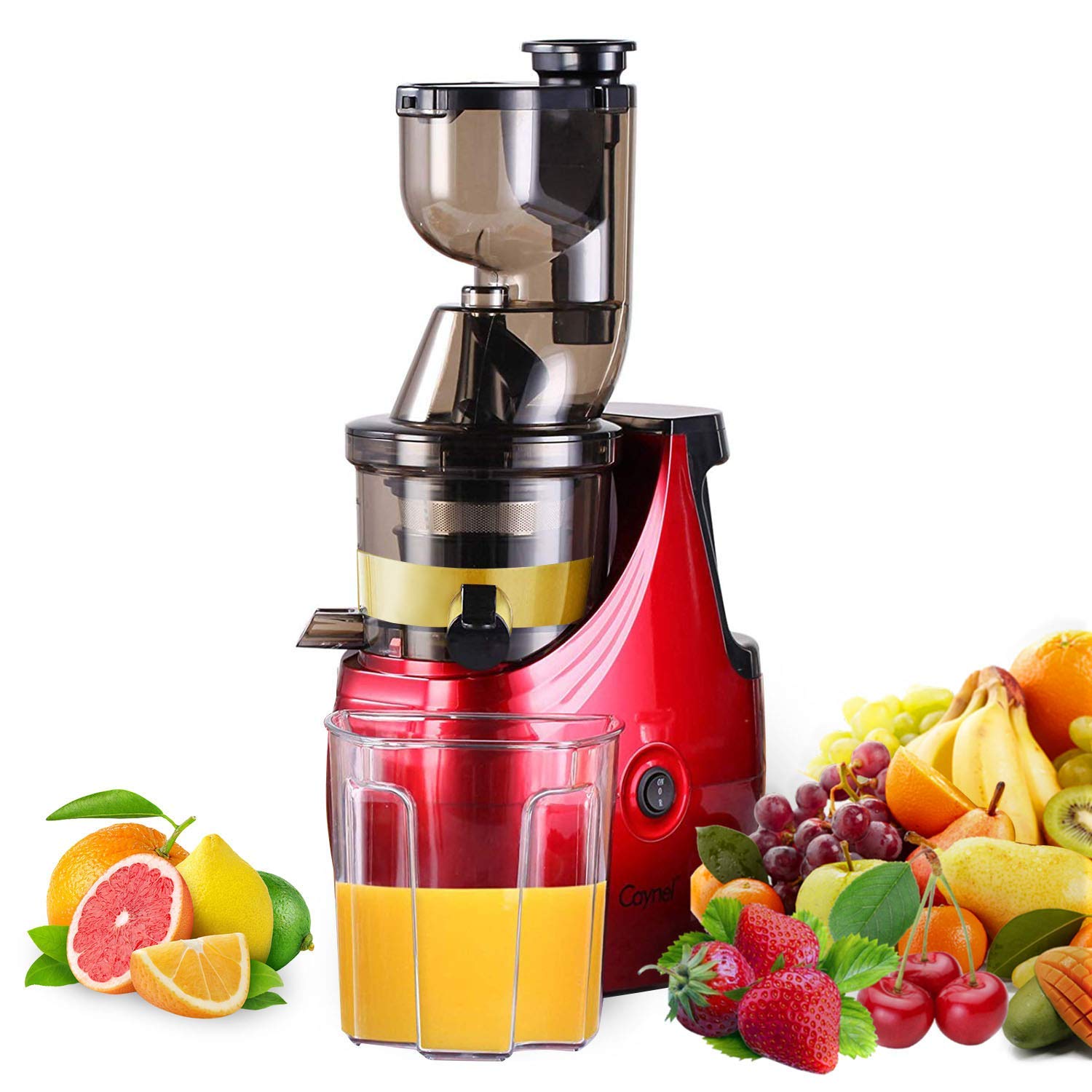

Articles
How Does A Juicer Work
Modified: February 27, 2024
Discover how a juicer works with this informative article. Learn about the different types of juicers and their mechanics to get the most out of your juicing experience.
(Many of the links in this article redirect to a specific reviewed product. Your purchase of these products through affiliate links helps to generate commission for Storables.com, at no extra cost. Learn more)
Introduction
In today’s health-conscious society, juicing has gained immense popularity as a quick and convenient way to enjoy the benefits of fruits and vegetables. Whether you’re a novice or an avid juicer, understanding how a juicer works is essential in getting the most out of your juicing experience.
A juicer, also known as a juice extractor, is a kitchen appliance designed to extract juice from various fruits and vegetables. It works by separating the juice from the solid parts, such as pulp and fiber, to create a smooth and refreshing beverage packed with nutrients.
In this article, we will explore the basic components of a juicer, the juicing process, different types of juicers available in the market, and the numerous benefits of incorporating freshly extracted juice into your daily routine.
So, let’s dive in and uncover the secrets behind how a juicer works!
Key Takeaways:
- Understanding the basic components and juicing process of a juicer can help you create delicious and nutritious beverages right in your own kitchen, enhancing your health and well-being with ease and convenience.
- Whether you opt for a centrifugal, masticating, or citrus juicer, each type offers unique benefits for nutrient retention, convenience, and versatility. Embrace the wonderful world of juicing to nourish your body and elevate your health journey.
Read more: How Does A Cold Press Juicer Work
Basic Components of a Juicer
A juicer comprises several key components that work together to extract juice from fruits and vegetables. Understanding these components will give you a better understanding of how a juicer works.
- Feed Chute: The feed chute is the entry point where you insert the fruits and vegetables into the juicer. It is typically a wide opening that can accommodate larger pieces of produce, reducing the need for pre-cutting.
- Auger or Blade: Depending on the type of juicer, it will feature either an auger or blade. An auger is typically found in masticating juicers, whereas a blade is common in centrifugal juicers. Both are responsible for breaking down the produce and separating the juice from the pulp.
- Strainer or Filter: Juice extractors have a strainer or filter that separates the pulp and fiber from the juice. This ensures a smooth and consistent texture, free from any undesirable solids.
- Juice Container: The juice container is where the extracted juice is collected. It is designed to hold a substantial amount of liquid so that you can juice multiple servings without interruption.
- Pulp Container: As the name suggests, the pulp container collects the leftover pulp and fiber from the juicing process. Some juicers have an external pulp container, while others have an internal one integrated into the appliance.
- Motor and Control Panel: The motor is the powerhouse that drives the juicing process. It provides the necessary force to extract the juice from the produce. The control panel enables you to operate the juicer, adjusting settings such as speed and juicing time.
These components work in harmony to ensure efficient juice extraction, helping you create delicious and nutritious beverages right in your own kitchen.
Juicing Process
The juicing process involves a series of steps that convert fresh fruits and vegetables into a flavorful and nutrient-rich juice. Let’s take a closer look at how a juicer works during the juicing process:
- Preparation: Before you begin juicing, it is important to wash and clean your produce thoroughly. Remove any dirt or debris and peel any fruits or vegetables that require it.
- Loading the Juicer: Once your produce is prepared, you can start loading them into the juicer’s feed chute. Depending on the size of the chute, you may need to cut larger fruits or vegetables into smaller pieces.
- Juice Extraction: As you turn on the juicer, the motor will activate the auger or blade, depending on the type of juicer. The auger slowly crushes and grinds the produce, while the blade rapidly spins to shred it.
- Filtration: As the produce is processed, the juice is separated from the pulp and fiber. The juice passes through the strainer or filter, which ensures a smooth and pulp-free liquid.
- Juice Collection: The extracted juice is collected in the juice container, ready to be enjoyed. Some juicers may feature a spout that allows you to dispense the juice directly into a glass or pitcher.
- Pulp Disposal: The leftover pulp and fiber are directed into the pulp container. You can either discard the pulp or find creative ways to utilize it in cooking or baking.
- Cleanup: After juicing, it is essential to clean the juicer thoroughly to maintain its performance. Follow the manufacturer’s instructions for disassembling the juicer and cleaning each component.
By following these steps, you can experience the joy of freshly extracted juice, packed with vitamins, minerals, and enzymes, all in a matter of minutes.
Types of Juicers
There are several types of juicers available on the market, each with its own unique features and benefits. Understanding the different types will help you choose the right juicer for your specific needs and preferences. Here are the three main types of juicers:
- Centrifugal Juicers: These juicers are the most common and widely used. They work by using a high-speed spinning blade to extract juice from the produce. The centrifugal force generated separates the juice from the pulp. Centrifugal juicers are known for their fast operation and ease of use. They are great for juicing firm fruits and vegetables, but they may not be as effective with leafy greens.
- Masticating Juicers: Also known as cold press or slow juicers, masticating juicers operate at a slower speed compared to centrifugal juicers. They use a single or twin gear mechanism to crush and squeeze the produce, extracting juice in a more gentle and efficient manner. Masticating juicers are ideal for juicing leafy greens, wheatgrass, and softer fruits. They tend to be more expensive but offer higher juice yield and better preservation of nutrients.
- Citrus Juicers: As the name suggests, citrus juicers are designed specifically for juicing citrus fruits, such as oranges, lemons, and grapefruits. They feature a reamer that extracts juice from citrus fruits by manually pressing them onto the reamer. Citrus juicers are simple to use and clean, making them a popular choice for those who primarily juice citrus fruits.
Each type of juicer has its own advantages and considerations. Consider your juicing preferences, the types of produce you plan to juice, and your budget when selecting the most suitable juicer for your needs.
Centrifugal Juicers
Centrifugal juicers are one of the most widely used types of juicers due to their speed, ease of use, and affordability. They are particularly popular among beginners and those looking for a quick juicing solution. Here’s a closer look at how centrifugal juicers work and their key features:
Centrifugal juicers operate on a simple yet effective principle. They utilize a high-speed spinning blade, typically made of stainless steel, to shred and extract juice from fruits and vegetables. As the produce is fed into the juicer through the feed chute, the blade rapidly spins, separating the juice from the pulp through centrifugal force.
One of the main advantages of centrifugal juicers is their speed. They are capable of extracting juice in a matter of seconds, making it a convenient choice for those with limited time. The wide feed chute of centrifugal juicers also allows for quick and easy juicing, as it can accommodate larger pieces of produce, reducing the need for pre-cutting.
However, it’s important to note that centrifugal juicers may not be as effective at juicing leafy greens and softer fruits compared to other types of juicers. The high-speed spinning blade can generate heat, resulting in some oxidation and nutrient loss in the juice. Additionally, centrifugal juicers tend to produce slightly lower juice yield compared to masticating juicers.
In terms of maintenance, centrifugal juicers are relatively easy to clean. Most models come with dishwasher-safe components, or they can be easily rinsed under running water. However, it’s recommended to clean the juicer immediately after use to prevent any residue from drying and becoming harder to clean.
Overall, centrifugal juicers offer a convenient and affordable option for those who want to incorporate juicing into their daily routine without investing in more expensive juicer models. It’s important to consider your specific juicing needs and preferences before choosing a centrifugal juicer or exploring alternative options.
When using a juicer, make sure to cut fruits and vegetables into smaller pieces to ensure they are properly processed and extracted for maximum juice yield.
Read more: How Does A Freezer Work
Masticating Juicers
Masticating juicers, also known as cold press or slow juicers, have gained popularity among health-conscious individuals and juicing enthusiasts. These juicers operate at a slower speed compared to centrifugal juicers, offering unique advantages that make them a preferred choice for many. Let’s delve into how masticating juicers work and explore their key features:
Masticating juicers work by utilizing a single or twin gear mechanism to crush and squeeze the produce, extracting juice in a slow and methodical manner. The gears slowly rotate, breaking down the fruits and vegetables, and effectively separating the juice from the pulp. This slow and gentle juicing process helps preserve the nutrients, enzymes, and flavors in the juice, resulting in a higher-quality and more nutritious beverage.
One of the main advantages of masticating juicers is their versatility. They can efficiently juice a wide range of produce, including leafy greens, soft fruits, and even wheatgrass. The slower speed and thorough extraction process of masticating juicers yield a higher juice yield compared to centrifugal juicers, making them more efficient in getting the most out of your fruits and vegetables.
Due to their slow operation, masticating juicers produce less heat and friction, minimizing oxidation and nutrient loss. The juice produced by these juicers tends to have a longer shelf life and maintains its vibrant color and fresh taste for a longer time.
Another noteworthy feature of masticating juicers is their ability to handle tougher ingredients such as nuts and seeds. With the help of attachments or additional functions, they can be used to make nut butters, sauces, baby food, and even sorbets.
However, it’s important to consider that masticating juicers can be more expensive than centrifugal juicers due to their advanced technology and the high-quality juice they produce. They also operate at a slower speed, which means you may need a bit more time to juice your fruits and vegetables compared to centrifugal juicers.
When it comes to cleaning, masticating juicers require a thorough disassembly and cleaning of the components. Some models come with cleaning brushes or specific cleaning modes to facilitate the process. While they might require a bit more effort to clean, the health benefits and superior juice quality offered by masticating juicers make it well worth the extra time and care.
In summary, masticating juicers are an excellent choice for those who prioritize maximum nutrient retention, versatility, and higher juice yield. If you’re committed to incorporating juicing into your lifestyle and are willing to invest in a high-quality juicer, a masticating juicer will be a valuable addition to your kitchen.
Citrus Juicers
If you’re a fan of citrus fruits like oranges, lemons, or grapefruits, a dedicated citrus juicer is the perfect tool to have in your kitchen. Citrus juicers are specifically designed to extract juice from these fruits efficiently and quickly. Let’s explore how citrus juicers work and their key features:
Citrus juicers are typically simple in design and operate through a manual or electric method. Manual citrus juicers are handheld devices that require you to manually squeeze the fruit onto a reamer. Electric citrus juicers, on the other hand, feature a reamer that spins by pressing the fruit onto it.
Both manual and electric citrus juicers are highly efficient at extracting juice from citrus fruits. The reamer, which can be made of plastic or metal, works by pressing and twisting the fruit against its textured surface, separating the juice from the pulp.
One of the primary advantages of citrus juicers is their ease of use. Simply cut the citrus fruit in half, place it onto the reamer, and apply pressure to extract the juice. This process ensures maximum juice extraction without any hassle or effort.
Citrus juicers also offer convenience when it comes to cleaning. Most models have removable parts that are dishwasher-safe, making cleanup quick and easy. For manual citrus juicers, you can simply rinse them under running water and wipe them dry.
Another benefit of citrus juicers is their affordability. Compared to other types of juicers, citrus juicers are generally more budget-friendly. They are a great choice if you primarily consume citrus fruits and don’t require the versatility of other juicer types.
It’s important to note that citrus juicers are specialized for citrus fruits only and may not be suitable for other types of produce. If you want to juice a variety of fruits and vegetables, a centrifugal or masticating juicer would be a better option.
In summary, citrus juicers are the ideal choice if you love citrus fruits and want a simple and efficient way to extract their juice. With their ease of use, affordability, and ease of cleaning, citrus juicers can be a valuable addition to any kitchen that enjoys the refreshing taste of citrus juices.
Benefits of Juicing
Juicing has become a popular trend for many reasons, and the benefits it offers make it an appealing option for those looking to enhance their health and well-being. Let’s explore some of the key benefits of incorporating freshly extracted juice into your daily routine:
- Nutrient-Dense: Juicing allows you to consume a concentrated amount of vitamins, minerals, and antioxidants found in fruits and vegetables. By extracting the juice, you can easily access the nutrients in a form that is readily absorbed by your body.
- Increase Fruit and Vegetable Intake: Many people struggle to consume the recommended daily servings of fruits and vegetables. Juicing offers a convenient and delicious way to incorporate a variety of produce into your diet, helping you meet your nutritional needs effortlessly.
- Hydration: Juicing provides a hydrating source of fluids that can be particularly beneficial for individuals who struggle to drink enough water throughout the day. Hydration is essential for maintaining healthy bodily functions and overall well-being.
- Weight Management: Juicing can be a helpful tool for weight management, especially when combined with a balanced diet and regular physical activity. It allows you to consume a large volume of low-calorie, nutrient-rich juice that can help control cravings and promote satiety.
- Detoxification: Juices can act as natural detoxifiers, aiding in the elimination of toxins from the body. Certain fruits and vegetables, such as lemon, ginger, and leafy greens, have properties that support the liver’s detoxification processes, helping to cleanse and rejuvenate your body.
- Improved Digestion: Juicing can help improve digestion by providing easily digestible nutrients in a liquid form. This can be particularly beneficial for individuals with digestive issues, allowing the body to absorb the nutrients without putting additional stress on the digestive system.
- Boosted Immunity: The high levels of vitamins, minerals, and antioxidants found in fresh juice can boost the immune system, helping to fight off common illnesses and infections. Juicing can provide a natural defense mechanism to keep your immune system strong.
- Enhanced Energy Levels: The natural sugars and nutrients in freshly extracted juice can provide a quick and sustained energy boost without the crash that comes with refined sugars and caffeine. Juicing can help improve overall energy levels and mental clarity.
It’s important to note that while juicing offers numerous benefits, it should not replace whole fruits and vegetables in your diet. Whole produce provides essential fiber, which is typically removed during the juicing process. Therefore, it is important to maintain a balance by incorporating both whole fruits and vegetables as well as freshly extracted juice into your diet.
Incorporating juicing into your lifestyle can provide a flavorful and convenient way to optimize your health and well-being. Enjoy the benefits and explore the endless possibilities of creating delicious and nutritious juice combinations!
Conclusion
Juicing has become a popular and convenient way to enjoy the nutritional benefits of fruits and vegetables. Understanding how juicers work and the different types available can help you make an informed decision when incorporating juicing into your lifestyle.
Whether you choose a centrifugal juicer for quick and easy operation, a masticating juicer for maximum nutrient retention, or a citrus juicer for the specific purpose of juicing citrus fruits, each type of juicer has its own advantages and considerations.
The benefits of juicing are numerous, including increased nutrient intake, improved hydration, weight management support, enhanced digestion, detoxification, boosted immunity, and improved energy levels. However, it’s important to remember that juicing should not replace the consumption of whole fruits and vegetables, as they provide essential fiber that is typically removed during the juicing process.
Incorporating fresh juice into your daily routine can be a flavorful and enjoyable way to nourish your body with essential vitamins, minerals, and antioxidants. Experiment with different combinations of fruits and vegetables to create delicious and nutritious juice blends that suit your taste preferences and health goals.
So, whether you’re a seasoned juicer or just starting your juicing journey, embrace the wonderful world of juicing and experience the positive impact it can have on your health and well-being. Cheers to a healthier and more vibrant you!
Frequently Asked Questions about How Does A Juicer Work
Was this page helpful?
At Storables.com, we guarantee accurate and reliable information. Our content, validated by Expert Board Contributors, is crafted following stringent Editorial Policies. We're committed to providing you with well-researched, expert-backed insights for all your informational needs.


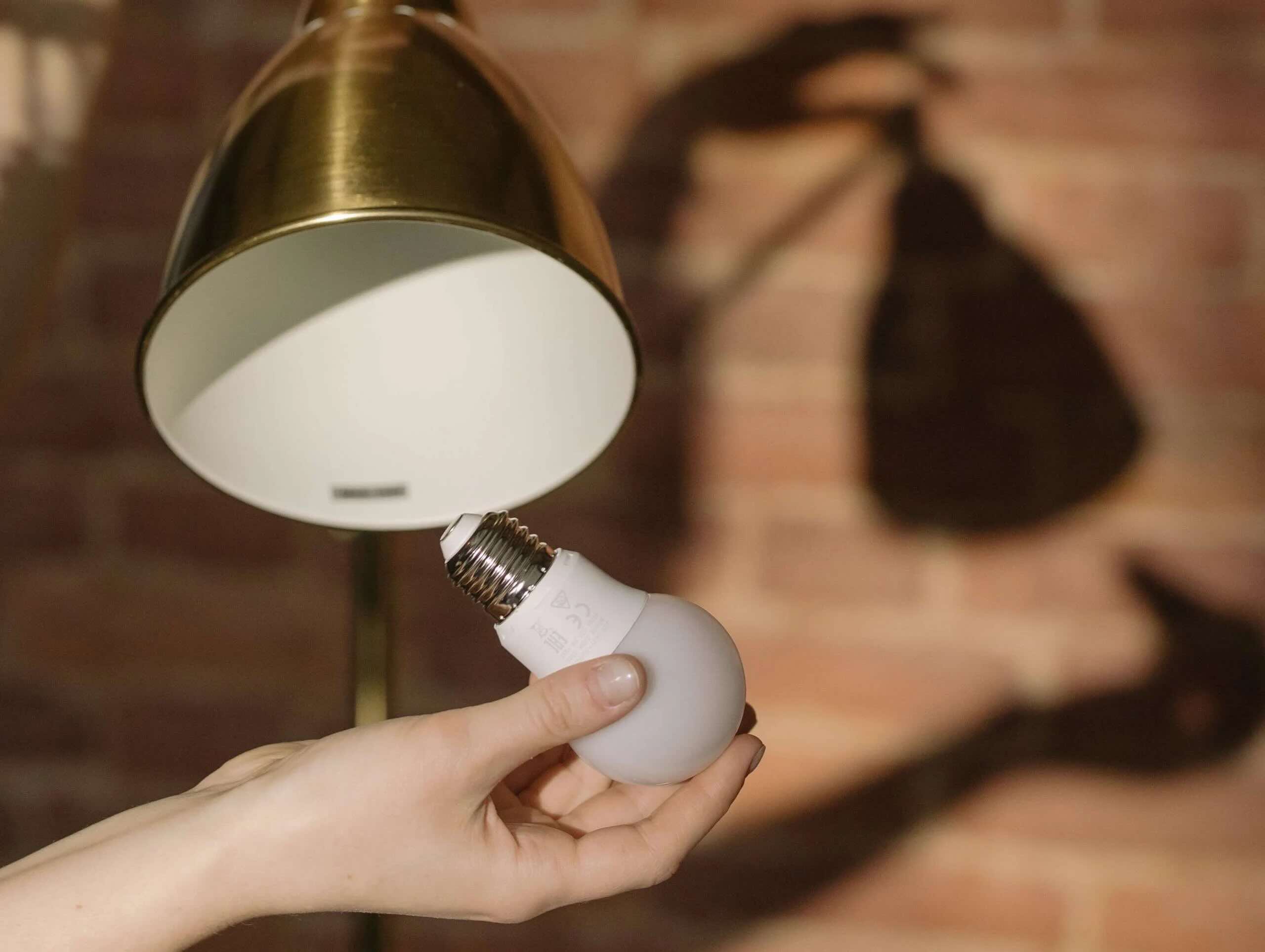


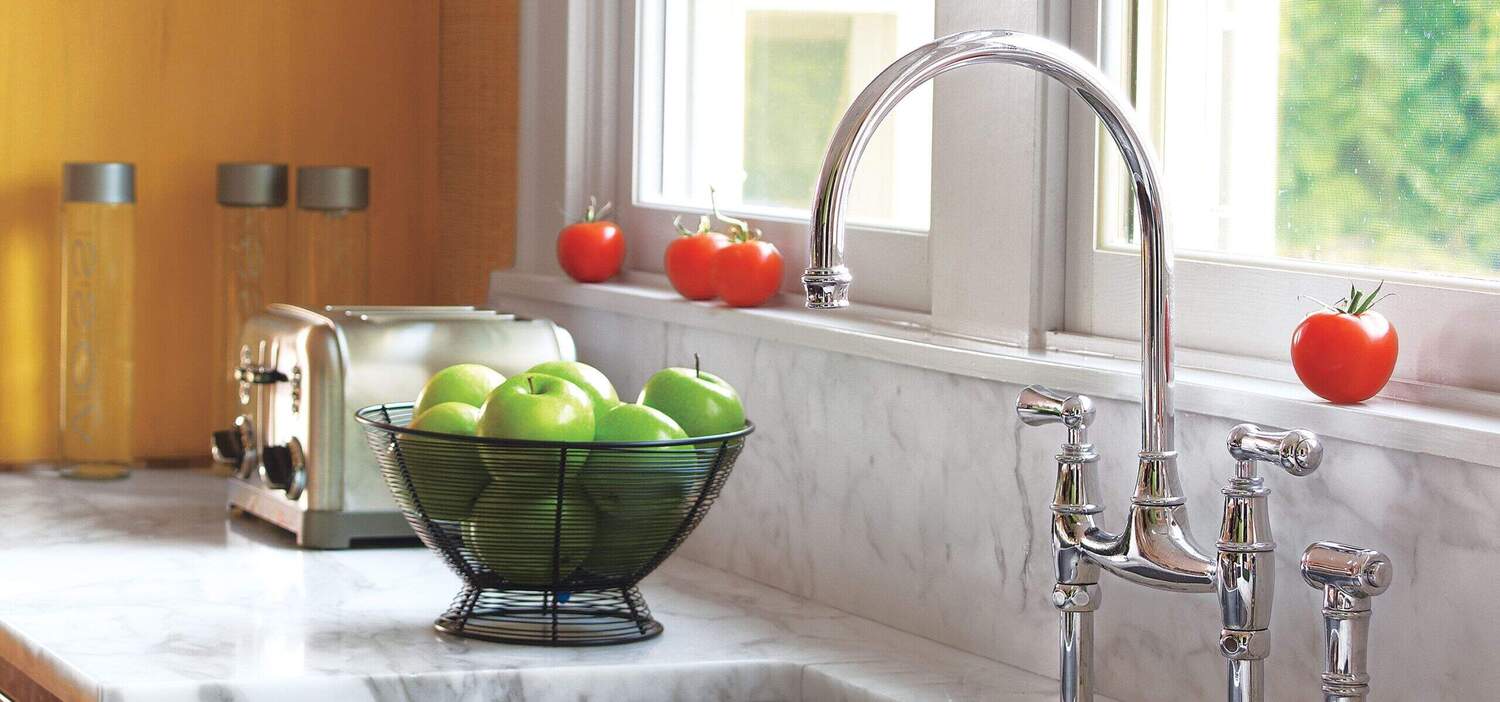
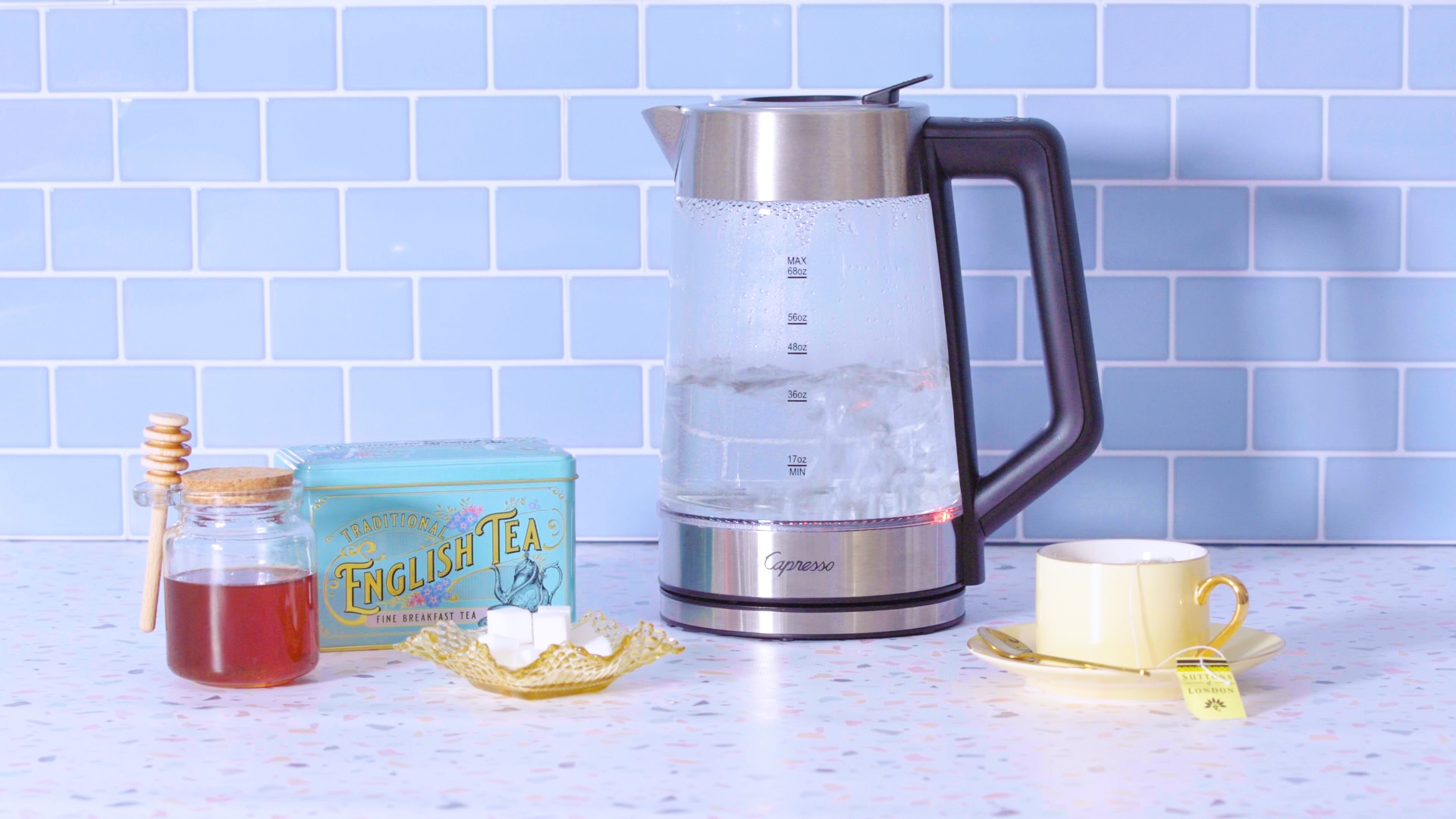
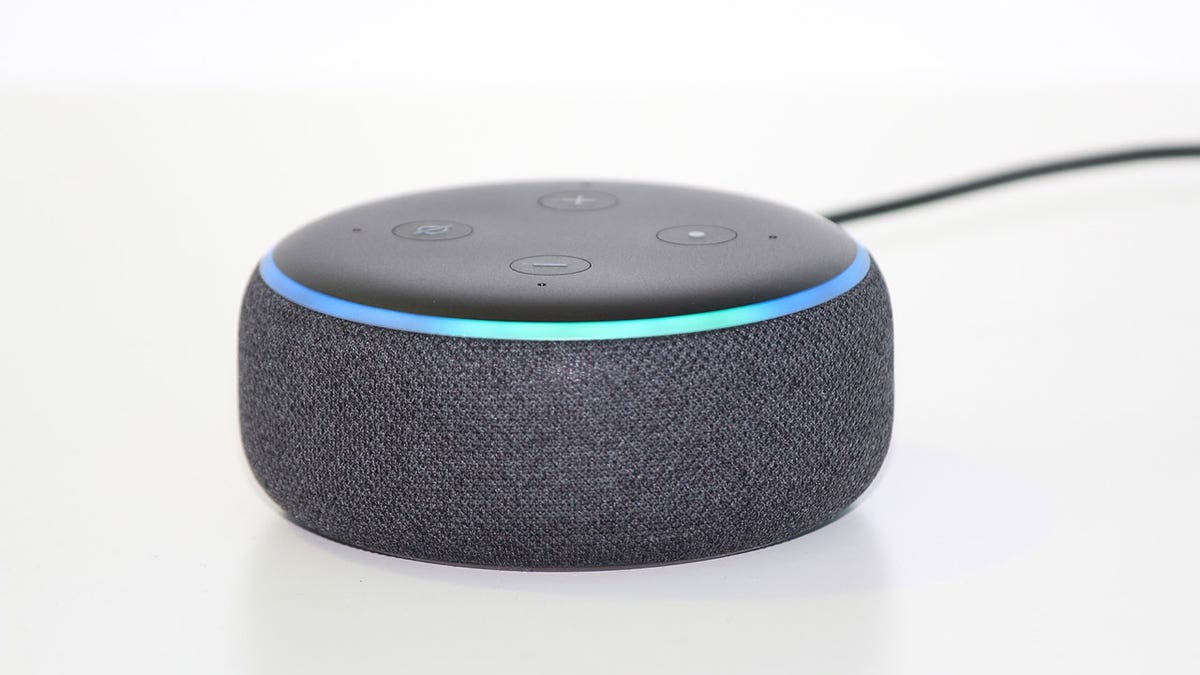

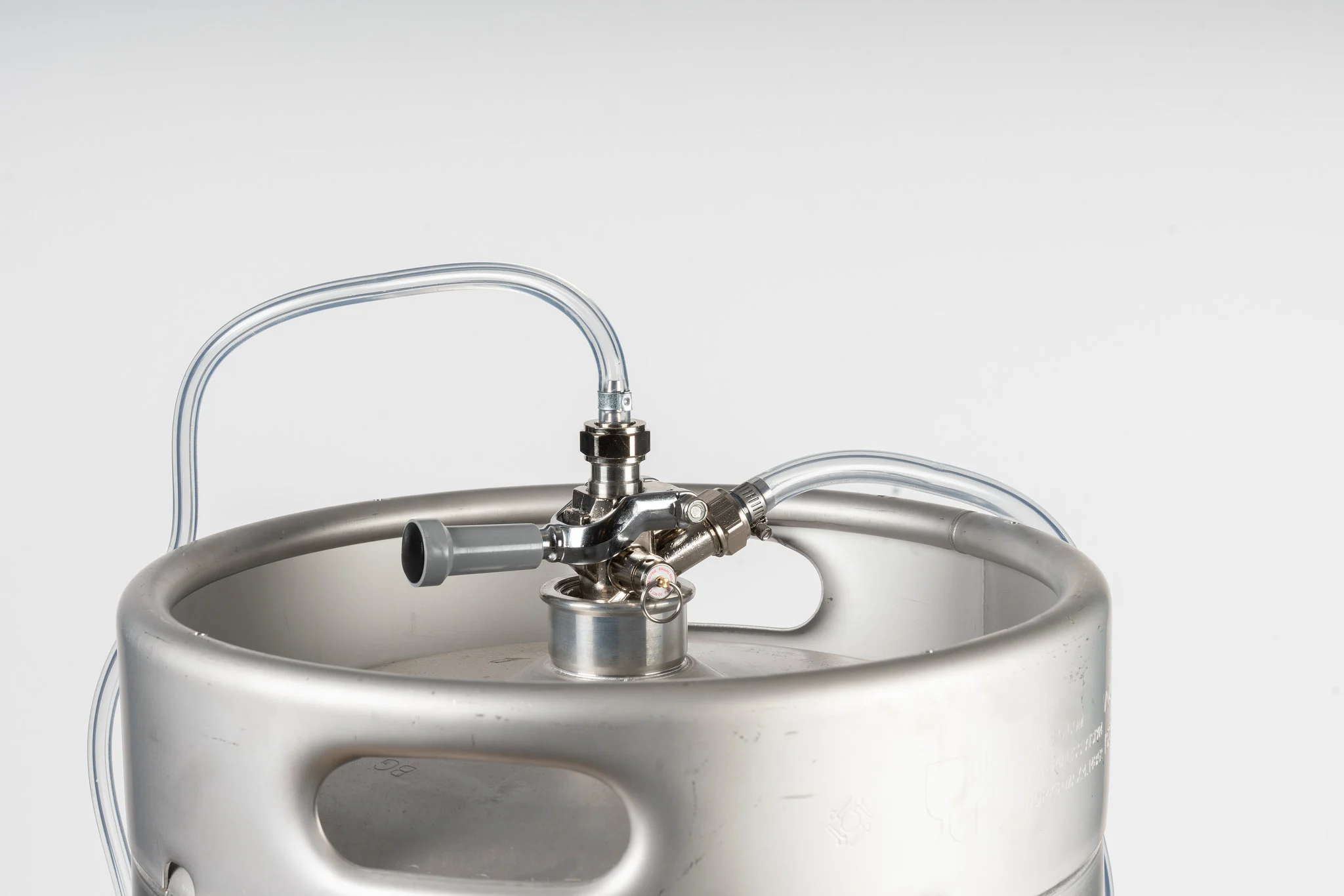
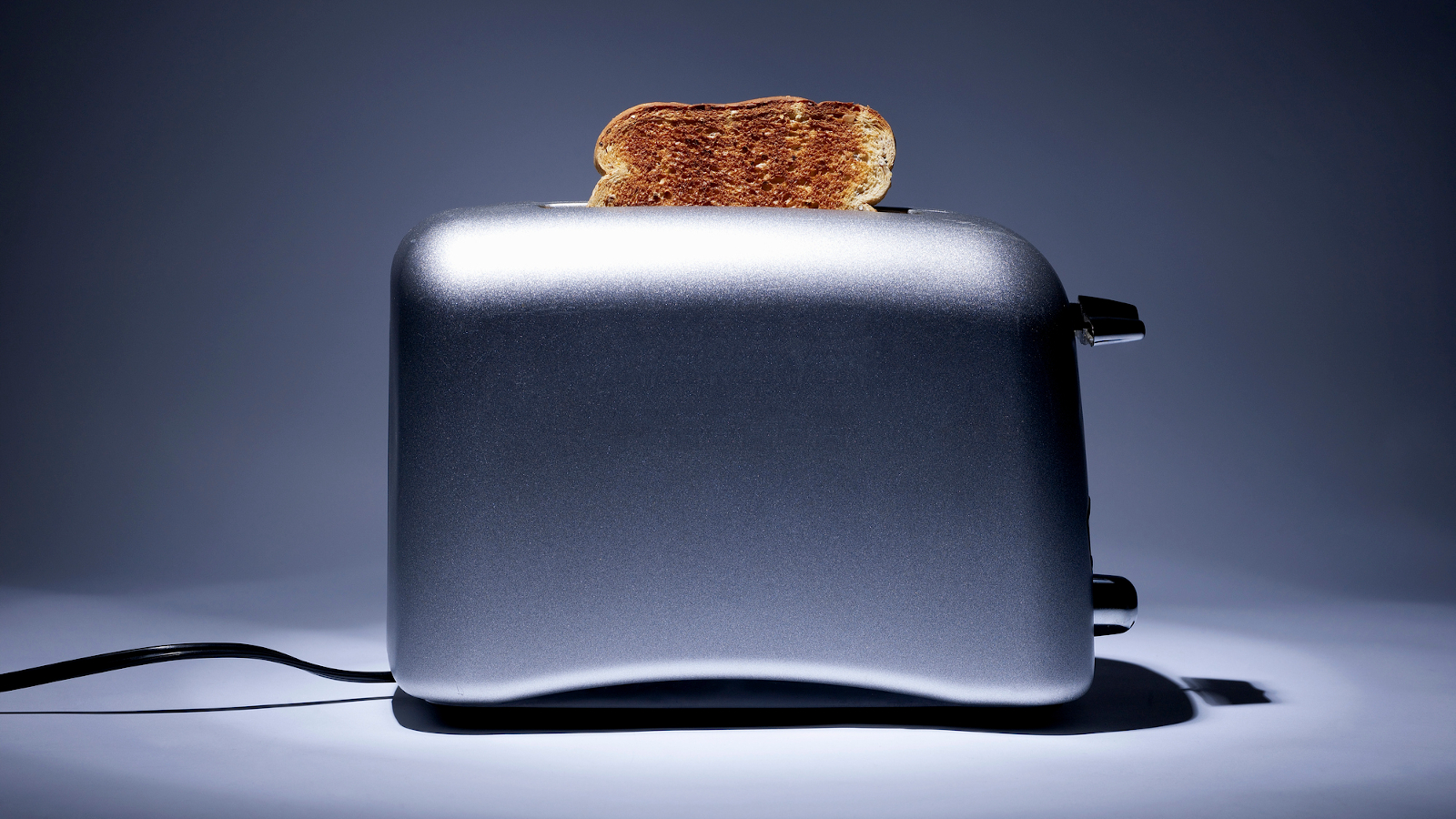


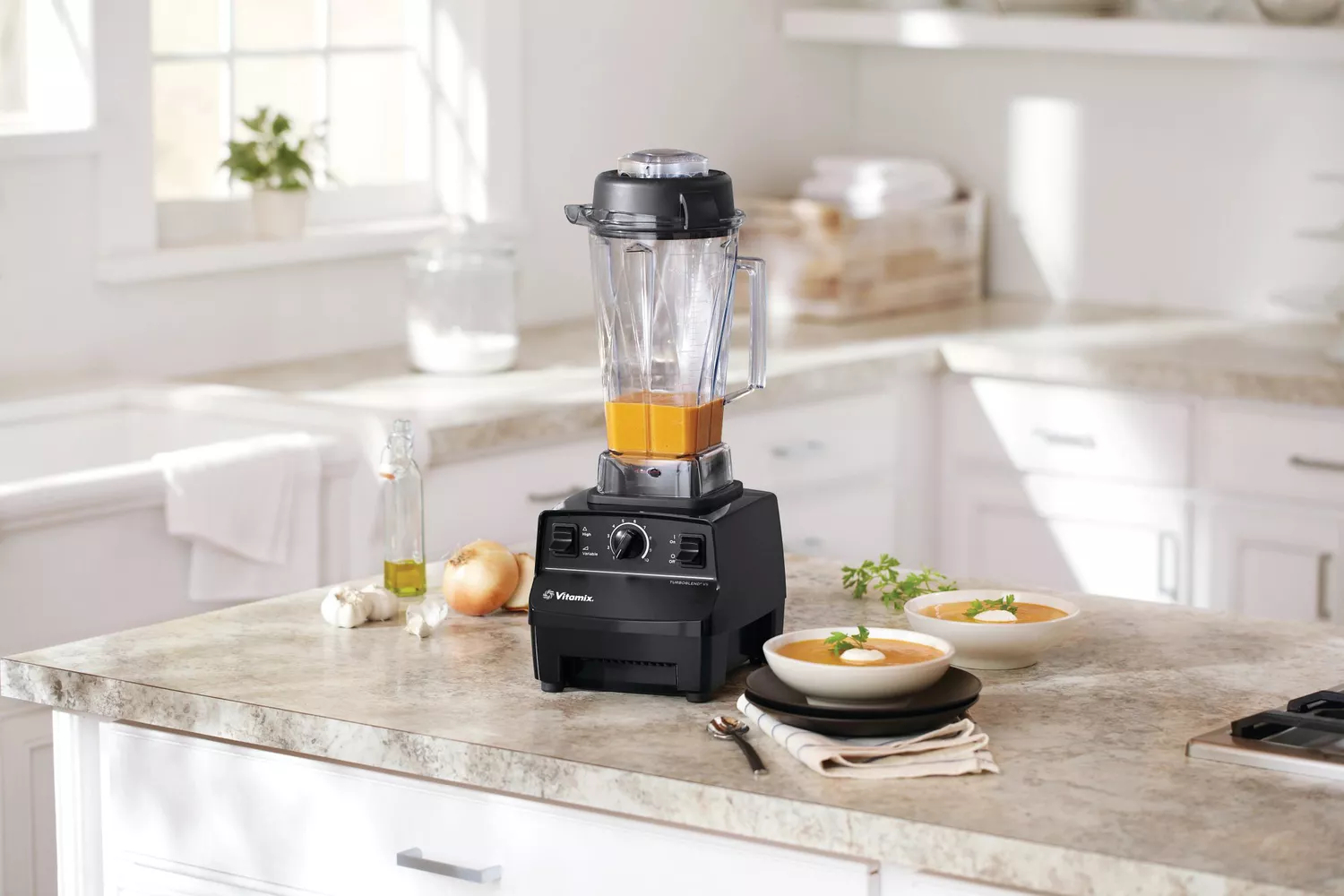

0 thoughts on “How Does A Juicer Work”